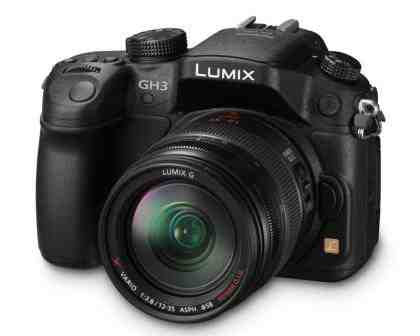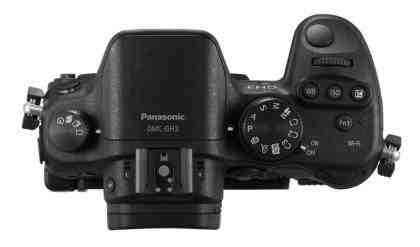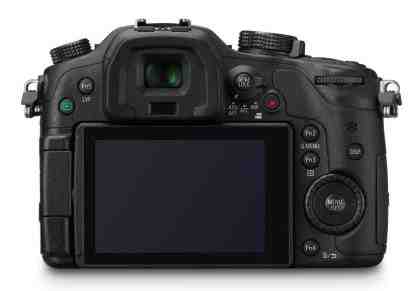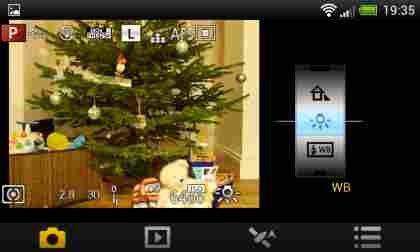The Panasonic GH3 is the company's latest flagship Micro Four Thirds camera, and it's much more than a revamped Panasonic GH2 . With its larger, weather-sealed magnesium alloy body, vast array of buttons and dials, optional battery grip, PC sync socket for triggering external flashes and four-figure body-only price, it's aimed at a more demanding user than any compact system camera (CSC) that has gone before it.

Buy it with the new 12-35mm f/2.8 weather-sealed lens and it will set you back £1,995 including VAT. That's more than the magnificent Nikon D600 costs with its kit lens. Is the GH3, with a sensor that's just a quarter the size (by surface area), really able to compete?
HANDLING
The answer is an emphatic yes. The GH3 looks, feels and behaves like a professional camera. It doesn't have the same low-light capabilities, but it has its own strengths that make it an extremely compelling alternative to the D600.
The taller body and more substantial handgrip compared to the GH2 are big boosts to ergonomics, and it includes many more physical controls. There are dedicated buttons for white balance, ISO speed, exposure compensation, AE Lock, five customisable Fn buttons, dual command dials and a rear wheel.

The dual dials are used in tandem to good effect. Direct access to shutter speed, aperture and exposure compensation (depending on the exposure mode) is the most obvious example, but we also appreciated being able to adjust the manual ISO speed and the Auto ISO range via the dual dials. The sculpted shape on the rear of the camera makes it a little tricky to perform full revolutions on the rear wheel, though. We accidentally popped the card slot door a few times, but these are our only complaints regarding ergonomics.
The 1.7-million dot electronic viewfinder is only a little smaller than the D600's full-frame optical viewfinder, and being electronic, it can overlay lots of useful information. Meanwhile, the 3in screen offers significant advantages over the D600's, being both articulated and touch-sensitive. The menus benefit from touch operation, and it's extremely useful for moving the autofocus point.

Autofocus is spectacularly quick for a contrast-detect system. It delivered 4fps shooting with continuous autofocus, increasing to 5.6fps with fixed focus. When saving JPEGs to a fast SDHC card, it kept these speeds going until the card was full. The only caveat is that noise reduction at ISO 3200 and higher sensitivities is more processor-intensive, so continuous shooting slowed to 2.2fps after 32 frames. Raw shooting slowed to 1.9fps after 23 frames, regardless of the ISO speed. With just 0.4 seconds between shots in normal use, performance is comfortably a match for the D600. It was faster in a few areas, such as when it let us carry on shooting while the camera merged HDR shots in the background.
WI-FI AND APPS
Wi-Fi is built in, and it's the most sophisticated implementation we've seen to date. The camera creates an encrypted network for an iOS or Android device to join, whereupon the free Lumix Link app becomes a comprehensive remote control for the camera. The app's Live Control tab receives a VGA live view feed, which can be touched to move the autofocus point. It's suspended while the camera is recording video, though, dashing our hopes to use an iPad as a remote monitor. There's control over everything from exposure and white balance settings to autofocus mode, aspect ratio and video codec, although they could be quicker to access.

Here's the Android app on a smartphone ...
... and the iOS app running on an iPad
The Playback tab shows thumbnails or full-screen previews, and photos can be transferred to the phone or tablet at various resolutions. A Location Log tab uses the phone or tablet's GPS facilities to geotag photos, but we weren't able to get this to work. Browsing photos on an HTC phone didn't work either, but both the Android and iOS apps worked faultlessly in Live Control mode. We're yet to see any camera's Wi-Fi functions work exactly as advertised, but this one shows more promise than most.
